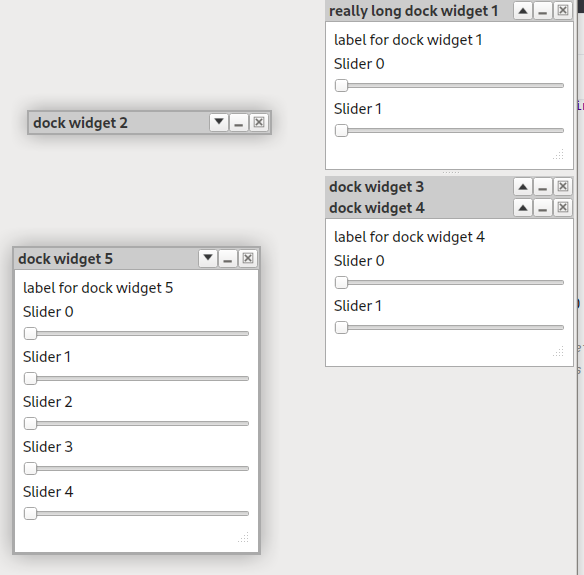this post was submitted on 09 Feb 2025
30 points (100.0% liked)
Python
6628 readers
119 users here now
Welcome to the Python community on the programming.dev Lemmy instance!
📅 Events
Past
November 2023
- PyCon Ireland 2023, 11-12th
- PyData Tel Aviv 2023 14th
October 2023
- PyConES Canarias 2023, 6-8th
- DjangoCon US 2023, 16-20th (!django 💬)
July 2023
- PyDelhi Meetup, 2nd
- PyCon Israel, 4-5th
- DFW Pythoneers, 6th
- Django Girls Abraka, 6-7th
- SciPy 2023 10-16th, Austin
- IndyPy, 11th
- Leipzig Python User Group, 11th
- Austin Python, 12th
- EuroPython 2023, 17-23rd
- Austin Python: Evening of Coding, 18th
- PyHEP.dev 2023 - "Python in HEP" Developer's Workshop, 25th
August 2023
- PyLadies Dublin, 15th
- EuroSciPy 2023, 14-18th
September 2023
- PyData Amsterdam, 14-16th
- PyCon UK, 22nd - 25th
🐍 Python project:
- Python
- Documentation
- News & Blog
- Python Planet blog aggregator
💓 Python Community:
- #python IRC for general questions
- #python-dev IRC for CPython developers
- PySlackers Slack channel
- Python Discord server
- Python Weekly newsletters
- Mailing lists
- Forum
✨ Python Ecosystem:
🌌 Fediverse
Communities
- #python on Mastodon
- c/django on programming.dev
- c/pythorhead on lemmy.dbzer0.com
Projects
- Pythörhead: a Python library for interacting with Lemmy
- Plemmy: a Python package for accessing the Lemmy API
- pylemmy pylemmy enables simple access to Lemmy's API with Python
- mastodon.py, a Python wrapper for the Mastodon API
Feeds
founded 2 years ago
MODERATORS
you are viewing a single comment's thread
view the rest of the comments
view the rest of the comments

Nice.
Depending upon what you are aiming for, I'd go with a sidebar. Something like this:
This is in contrast to usual sidebars that tend to have a main tab bar, which only allows for a single docked widget to be shown at a time. This will allow the user to stack widgets both vertically and horizontally as per their requirements. A similar example can be seen in the right side panel in the Design Mode of Qt Creator itself.
Folded widgets/sections, when docked, will yield vertical space to other widgets/sections, which will in turn, snap upwards (or you can do downwards if that's your fancy)
Maybe you can also make the floating widgets mergeable into tabs, which will reduce the number of point+click actions in cases where only 1 of 2 widgets is being used.
CC BY-NC-SA 4.0
Qt automatically handles the conversion of QDockWidgets into tabbed docked widgets when one is dragged over an existing one.
I have a little demo video, but I have no idea where to upload it to!
Oh! You actually used
QDockWidgetinstead of making it from the start. I should have read the code before commenting, I guess.